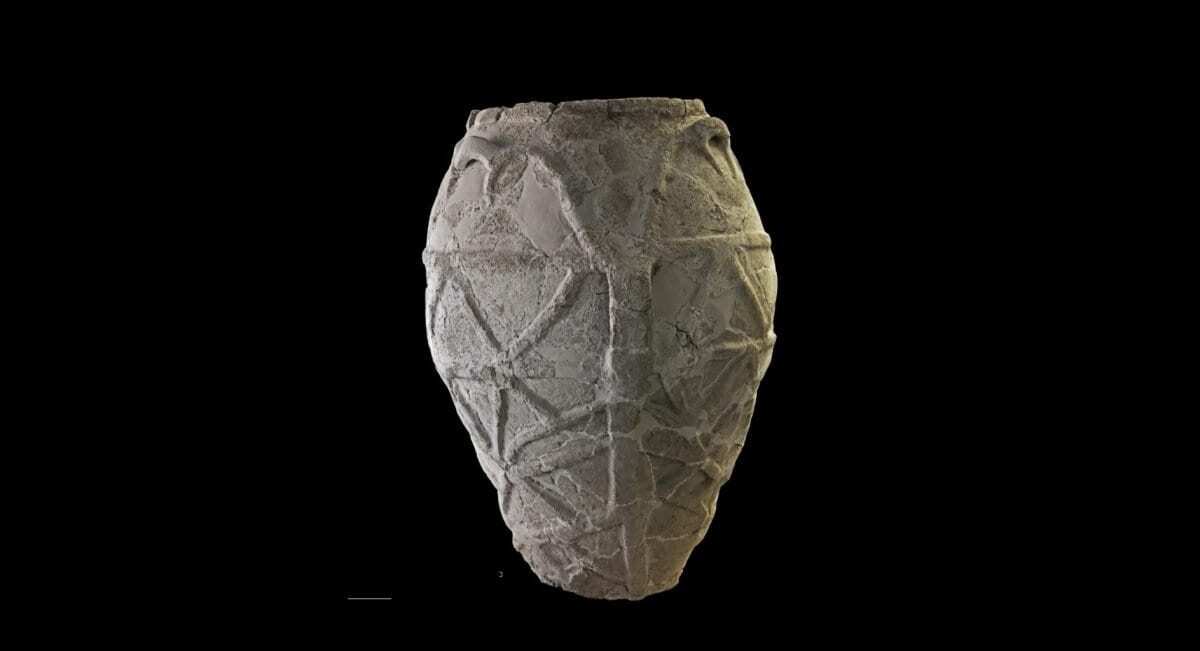Until very recently
and based on storage jars from Cosenza and Lecce in southern Italy,
it was believed that olive oil made its appearance in the 12th and 11th century
BC (Copper Age).
The jar was found during the 1990s and it took
conservators a while to restore and reassemble the 400 ceramic fragments – speaking
of patience! The result is a curious egg-shaped container of approximately one
meter high decorated with rope bands; it could be lifted using the three
vertical handles on the sides. The design as such had all the characteristics of
Sicilian tableware from the end of the 3rd/beginning of the 2nd millennium BC
(Early Bronze Age).
This called for more in-depth research on the site of Castelluccio
where the experts found two fragmented basins with an internal septum (i.e. a
dividing partition) indicating that several substances could be kept in one
place but separated from each other. On the other hand, a chemical analysis of
the organic residues found inside the jar and the basins was carried out. Traditional
techniques as used on archaeological pottery were implemented: Gas
Chromatography, Mass Spectrometry and Nuclear Magnetic Resonance. As a result,
the researchers found oleic and linoleic acids, specific to olive oil.
In short, we now have the first evidence of the oldest
olive oil in Italy

No comments:
Post a Comment